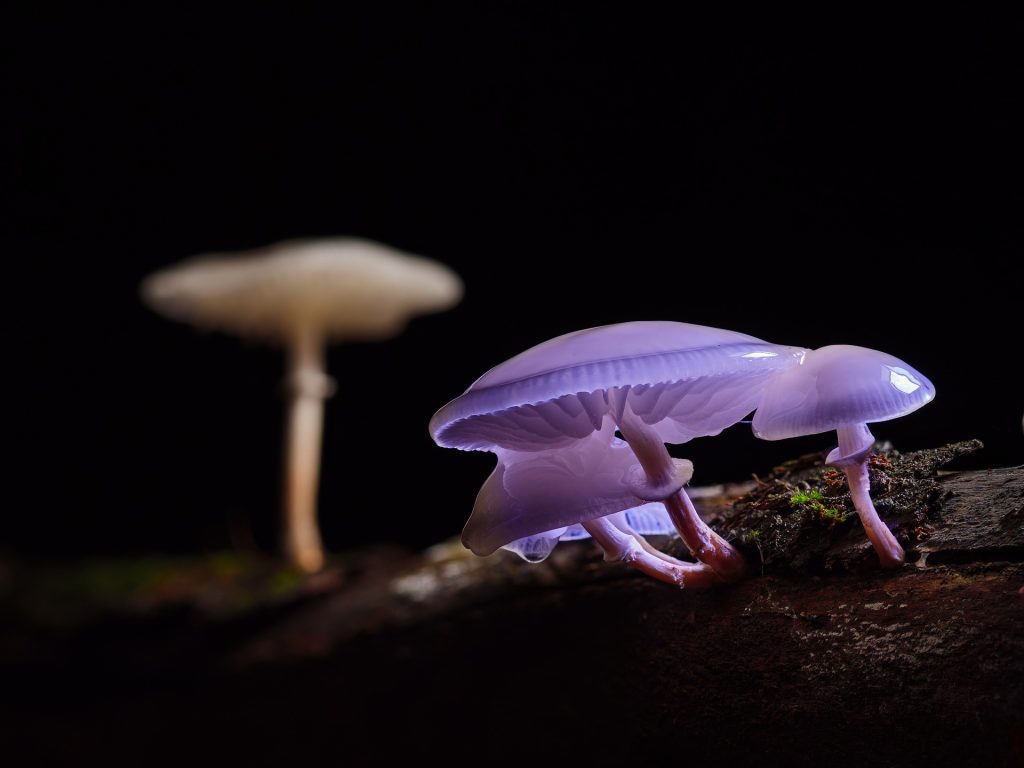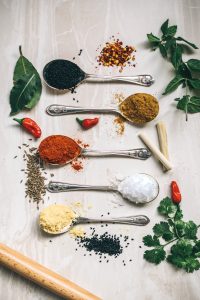Candida albicans is a fungus, which inhabits most of our digestive tract and aid in digestion and absorbs nutrients from food.
The most common area of the body for Candida to reside is in the gut, mouth, throat, vagina, and skin and as part of a healthy microbiome it usually doesn’t do us much harm. However, the issues start happening when Candida overgrows due to mostly a disrupted microbiome and immune system which can take a while for it to become problematic,. In many people’s cases, it can be years in the making.
With nearly all people who have Candida, boosting the immune system is one of the best strategies to overcome Candida.
What causes candida overgrowth?
One of the reasons the Candida overgrows is done to a lack of good guys in the microbiome. The term that is used to describe this is called dysbosis and it just means there is an imbalance off too much bad flora
We rely very heavily of a balanced ecosystem in the various areas where bacteria lay including the mouth, skin, vagina, lungs and most importantly our gut.Once any of these biomes get disrupted Candida aren’t kept in check and can overgrow.
Some of the factors and medications that can lead to susceptibility.
include
- Antibiotics
- A weakened immune system
- Taking oral contraceptives
- Diabetes
- Food Intolerances
- Stressful lifestyle
- Autoimmune disease
- Eating a diet high in sugar
- Mold Infection
- Leaky Gut
What are the signs of Candida overgrowth?
Candida can be very difficult for a western doctor to diagnose especially if its coming from the gut. Mouth, skin and Vagina are easier to diagnose for obvious reasons, however when it comes to the gut, there are so many symptoms that can be associated with other conditions, it will take a skilled functional medicine doctor, nutritionist or naturopath to get this diagnosis. Every Candida infection affects different people in different ways and although there be could be gut issues, it can present itself as constipation with one person and mental health issues with someone else.
Other signs of a Candida infection include
- Acne
- Gerd
- Fungal nail infections
- Chronic Fatigue Syndrome
- Fibromyalgia
- Mental Health Issues such as anxiety, depression, ADHD
- Hormonal Issues
- Thyroid Issues
- Sleep Issues
- Bloating
- Excessive Gas
- White Tongue
- IBS Symptoms
- Vaginal infections, urinary tract infections and rectal itching
- Seasonal Allergies
- Recurrent Infections
- Eczema, psoriasis, hives and rashes
How to Test for Candida
If you feel you have a Candida overgrowth, there are a number of tests you can use for Candida. The most common ones are a microbiome test which is essentially a gut health test which can from companies such as Doctors Data or Diagnostics Solutions Labs (GI MAPP). You can also have a blood test but that doesn’t give you a current infection. You can use the organic acid test which shows the metabolites of different yeast. The spit test whilst useful, isn’t an accurate diagnostic tool,however its free. For a stool test, you can ask this from your GP, however, most of the time they won’t have access to the more comprehensive tests. With a stool test, you are getting an overview of Candida in your large bowel, however, its not telling you if you have Candida in the small intestine. There is no test for Candida in the small intestine however, the organic acid test can be indicative of an overgrowth if the stool sample is negative. The best approach here is to work with a skilled practitioner that can guide you through the process.
Its not about Killing All Candida
One of the biggest misconceptions about Candida, is that you have to kill all Candida in the body. This is not true. Candida needs to be brought back into balance so it can play its beneficial role that it is. We are very used to carpet bombing our guts both in the western approach and we need to take more of balanced approach by protecting the eco-system. So, whilst we need to do a bit of killing, we need to make sure we are tending to our ecosystem as well.
How to overcome a Candida Overgrowth Naturally
- Reduce your intake of refined sugars and flours
- Reduce your exposure to antibiotics and steroids from medications and food sources
- Work on reducing stress in all areas of your life
- Natural antifungal herbs and medications
- Look to eat a clean unprocessed diet
- Use natural antifungals to get rid of the Candida overgrowth
- Repopulate the gut with friendly microbes
- Heal a leaky gut
Use natural medicines
- Berberine
- Tannins
- Undecylenate Acid
- Oregano
- Horopito
- Garlic
- Citrus seed extract
- Caprylic acid
- Lauric Acid
Eating the right foods for Candida
Foods to avoid
Sugar in all forms – This means sweets, pastries, cookies, flours, honeys, fruit juices and alcoholic beverages.
Grains – Grains can be inflammatory so they should be avoided or kept to a minimum. Generally, we look to keep grains to half cup of oats, some brown rice or quinoa. These are generally well tolerated.
FODMAPS aren’t easily digestion by the gut, and they can feed candida.
Coffee can irritate the gut lining and can also be high in moulds. Its best to drink high quality organic beans and drink one cup a day, The other issue is that increase cortisol which affects your immune system.
What foods should eat
Grass-fed and finished meat, organic farmed fish, line-caught fish (pollock, mackerel, cod, halibut,) organic turkey and chicken.
Healthy fats – avocado, olives, unrefined coconut oil, flax oil and extra-virgin olive oil.
Certain dairy products – butter, ghee, organic dairy kefir, live yogurt.
Herbs and spices – black pepper, salt, cinnamon, dill, garlic, ginger, oregano, rosemary, paprika, turmeric and thyme.
Nuts and seeds – almonds, sunflower seeds, coconut or flaxseed. NO PEANUTS As they are high in mould
Condiments – apple cider vinegar,
Non-caffeinated beverages – herbal teas, chicory coffee, filtered water, milk without all the additives, If you are buying almond milk, it should have almonds, water and nothing else or you can make your own.
How we can help
Candida Albicans are naturally occurring fungi that live naturally in us.
Generally, its a number of reasons why Candida has overgrown and there is always a root cause and once we find the root cause and work on that, it generally does not come back. This is where the element of personalization comes into practice. Everyone’s patient upstream cause will be different and that is why no two protocols will be the same.
Many people who do it DIY use supplements and this will get some relief but unless they treat the root cause it can come back. Some people think they have Candida when in fact it’s actually another pathogen that can only be found out when you test,
The cheapest way to eradicate Candida is to get professionally tested and work with a skilled practitioner to overcome this chronic condition. Our practitioners at the clinic are extremely skilled and have years of experience in dealing with this condition personally and professionally and are adept at helping hundreds of patients navigate this complex condition.








